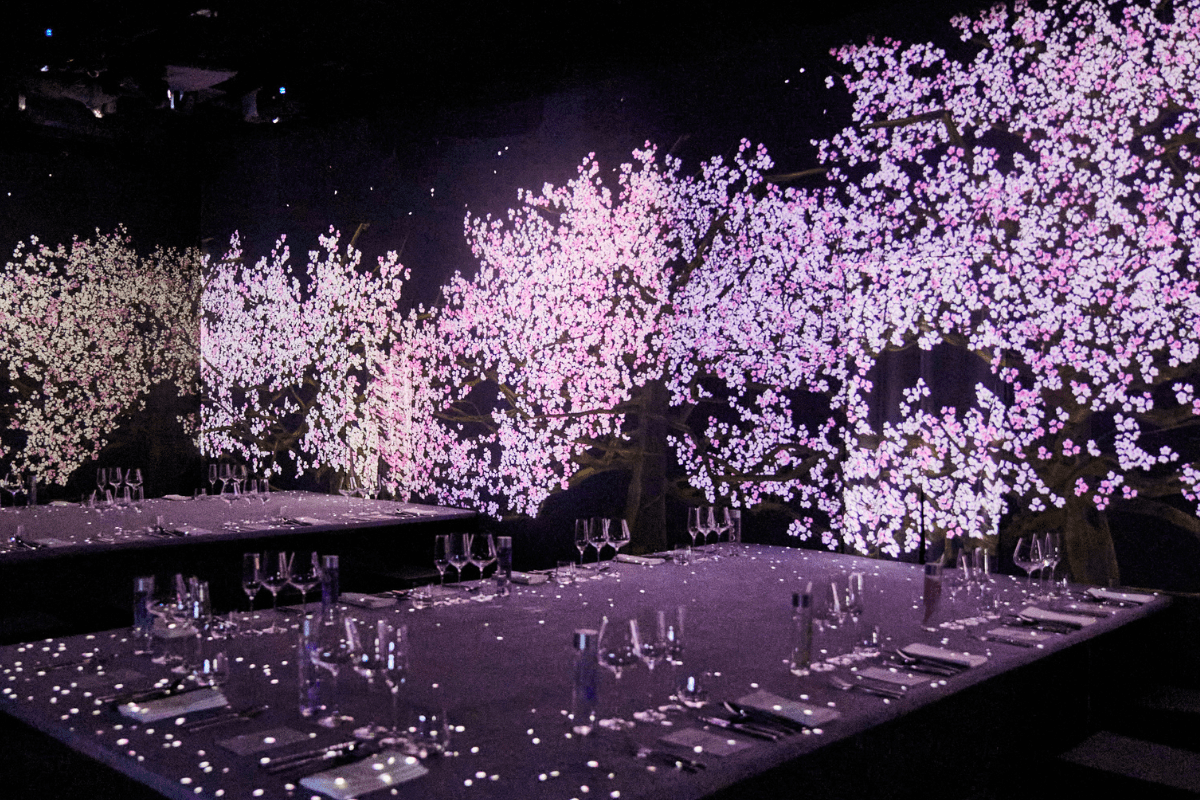Behind Every Door - How We Transform Mooncakes and Cocktails into Art
VOL 15
BEHIND EVERY DOOR
Peek behind our doors to see what we’ve got going on this month. From mooncakes to cocktails and new menus, it’s been an exciting one and we can’t wait to share more.
BEHIND OUR MOONCAKES
Behind every door lies a story. In our mooncake box sets, our Houses’ iconic entryways reveal when art meets sustainability. Hong Kong-based design firm EDITECTURE chats about developing the design concept.

Tell us more about EDITECTURE’s concept behind this year’s mooncake box set – you upcycled 2500 plastic bottles for it!
Our main driver was incorporating sustainability in the project. Greener approaches are so important in the world right now, and we’ve found a great partner in The House Collective. Infusing this with art, we used each Houses’ door to symbolically convey that “the door is always open for you to be a part of a more sustainable future.”

Are there any challenges you met along the way?

Every year mooncake boxes ending up in landfills is a huge issue. It’s estimated that each Mid-Autumn Festival, one million mooncake boxes are thrown away in Hong Kong. How did you approach this problem?
It’s a very important consideration. We thought about it a lot with The House Collective as we were designing the box. In hopes of addressing this, we developed a recycling programme for guests to return boxes after they’ve eaten the mooncakes. Then we can take these boxes and upcycle them into other products. The box is also designed in a way to mimic the art pieces in our Houses, so we also hope guests are using it as décor, to have a piece of art in their homes.
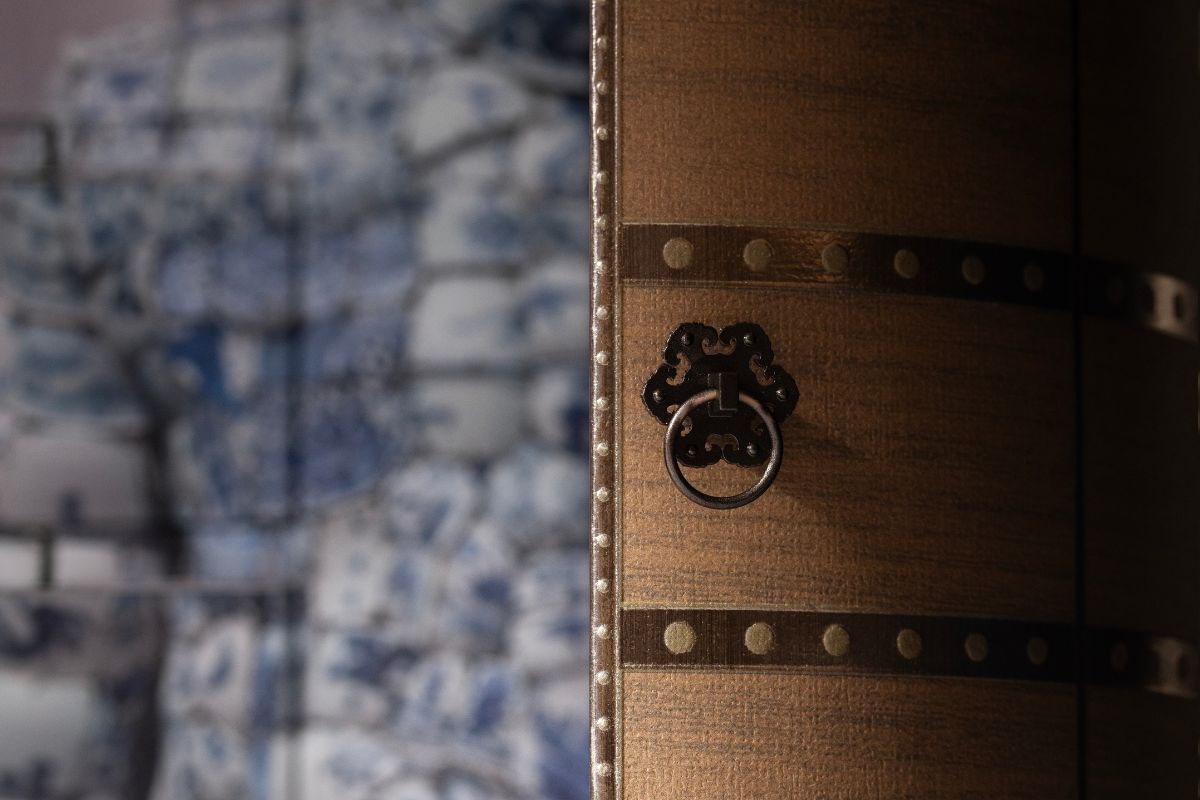
Did taking a sustainable approach change what you could do aesthetically?
There were definitely limitations – production and execution impact everything. But we wanted to showcase that it is really possible. You can turn “waste into wonder”.
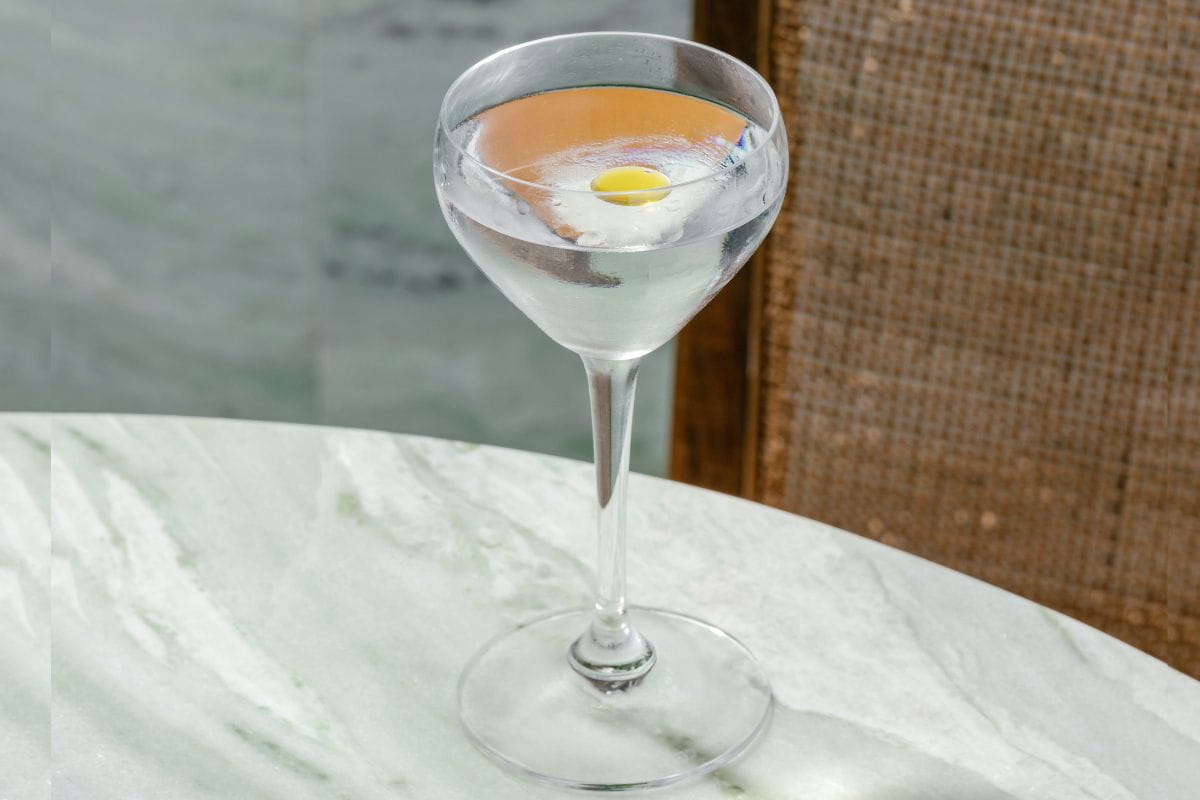
Beyond a message of sustainability, what themes are captured in this year’s mooncake boxes?
We were inspired by how The House Collective are “Houses not Hotels”. Every House evokes a different feeling, but it always feels like you’re coming home. We tried to create this same sense by featuring different artists and the Houses’ doors.

Is there more symbolism to the doors?
When you open a door, you’re always met with a surprise. It piques your imagination and your curiosity. We wanted anyone who receives the mooncake box to feel this same sense of wonder.
BEHIND OUR BARS

How is making a conventional versus a zero-waste cocktail different?
Matthew Hall, Head of Bars of Café Gray Deluxe, The Middle House
We’ve always considered minimising waste when designing a cocktail menu. For example, throughout a menu we might use the same ingredients in different ways to reduce waste and cost. But zero waste means it becomes more of a focal point. Every part of an ingredient can be reused or repurposed to enhance flavours or give depth to a drink. I’d say that the most challenging aspect would be balancing how much of each part of an ingredient is used to get as close to absolute zero waste as possible.
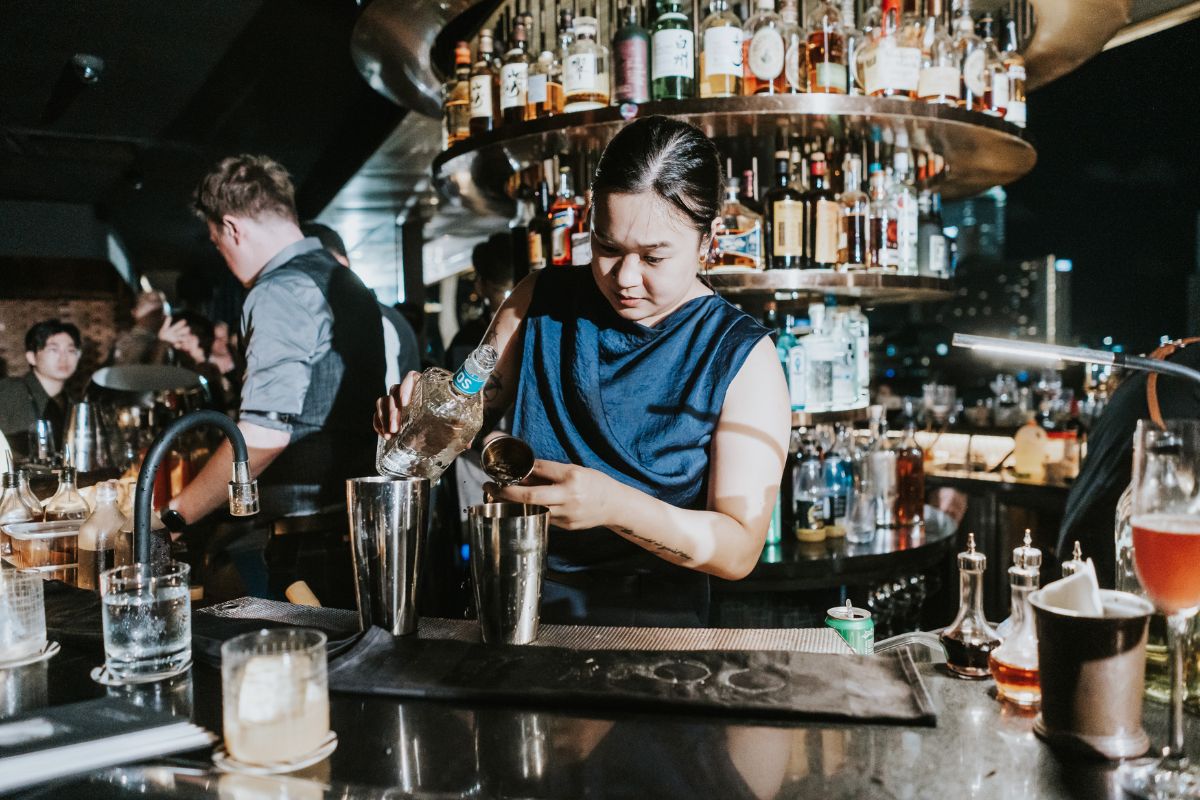
Do you need to use new techniques?
Gail Lanorias, Operations Manager of Salisterra, The Upper House
New techniques end up being important to make sure we can use all of an ingredient – especially ones that aren’t typically used in cocktails – like using sous vide to infuse flavour into fruit peels.
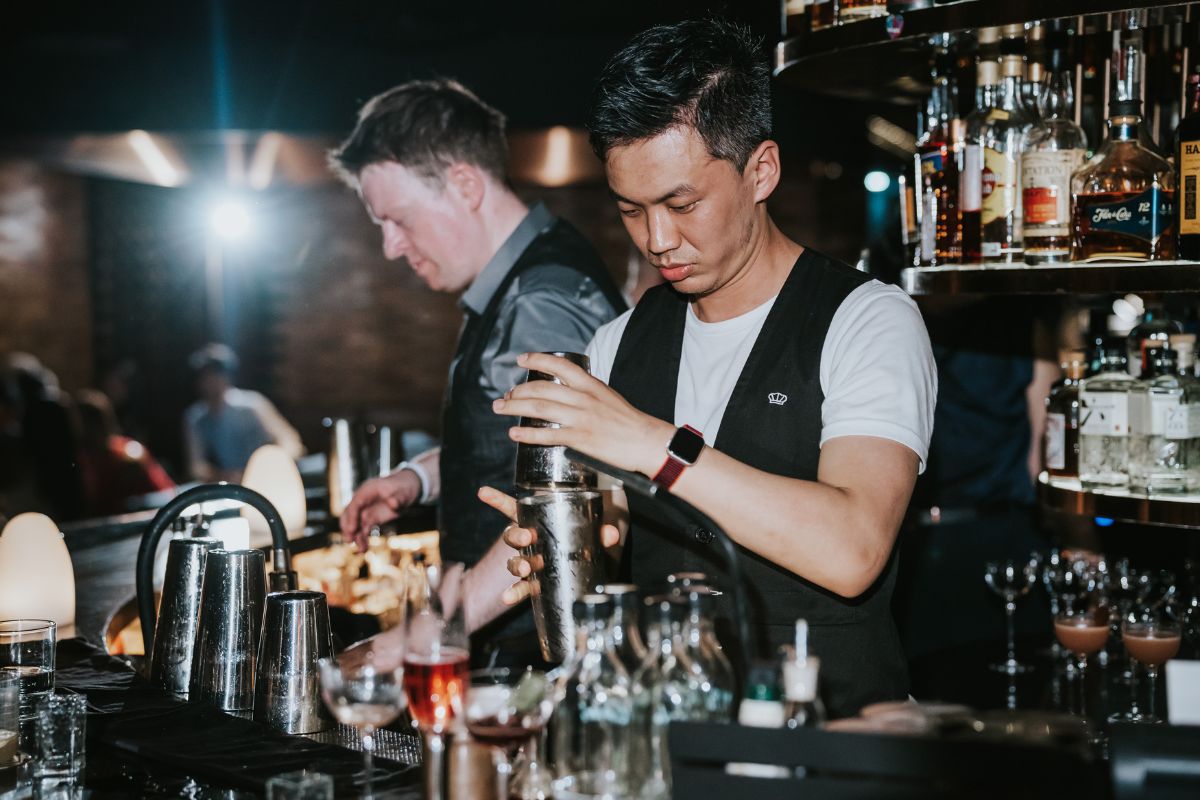
What do you think are the challenges to making more sustainable cocktails?
William Zhang, Head Bartender of JING, The Temple House
Internationally, chefs have been working with an eco-friendly mindset for many years already. Lots of people also understand the need for zero-waste and are starting to become more conscious of sustainability themselves. As a mixologist, I hope I can inspire more people to be sustainable with zero-waste cocktails. One thing is for sure, though – you have to be creative and break free from convention.
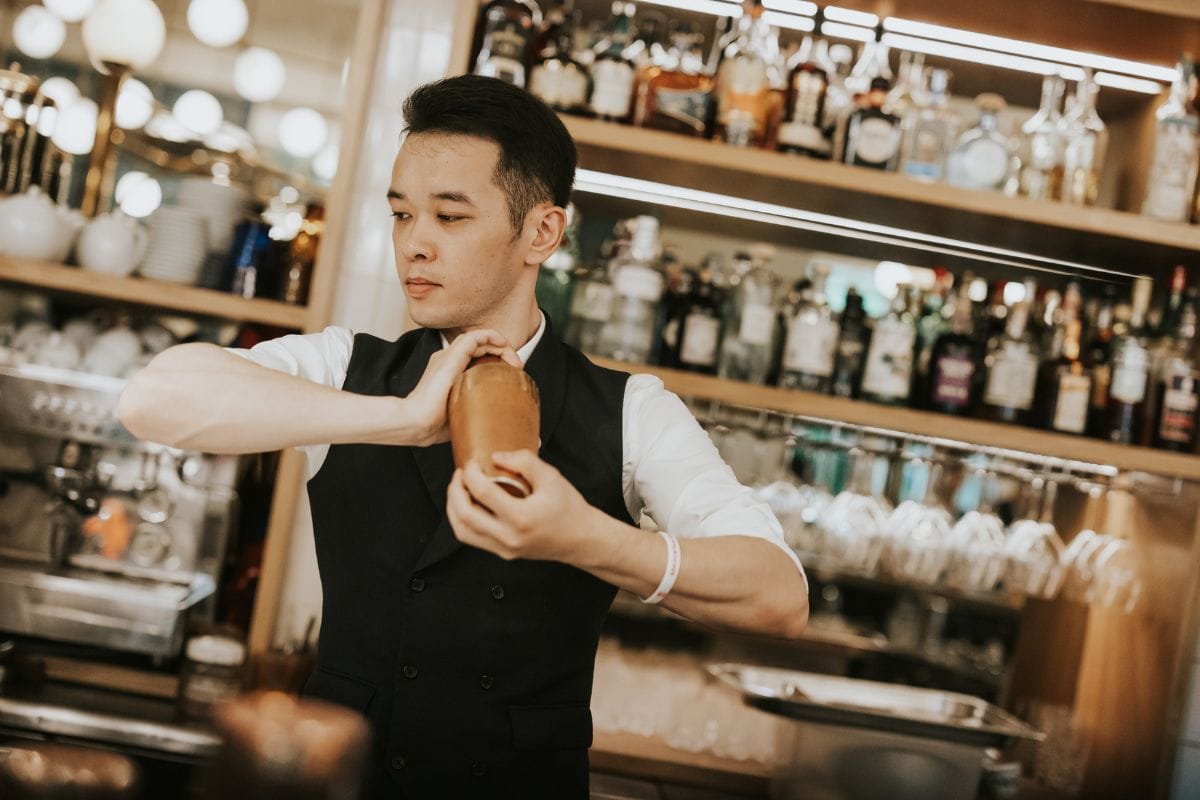
How does making zero-waste drinks change, or even improve, creating cocktails for you?
Harry Zhang, Bars Manger of UNION, The Opposite House
Here are some stories and concepts behind our signature recipes, as explained by our mixologists.
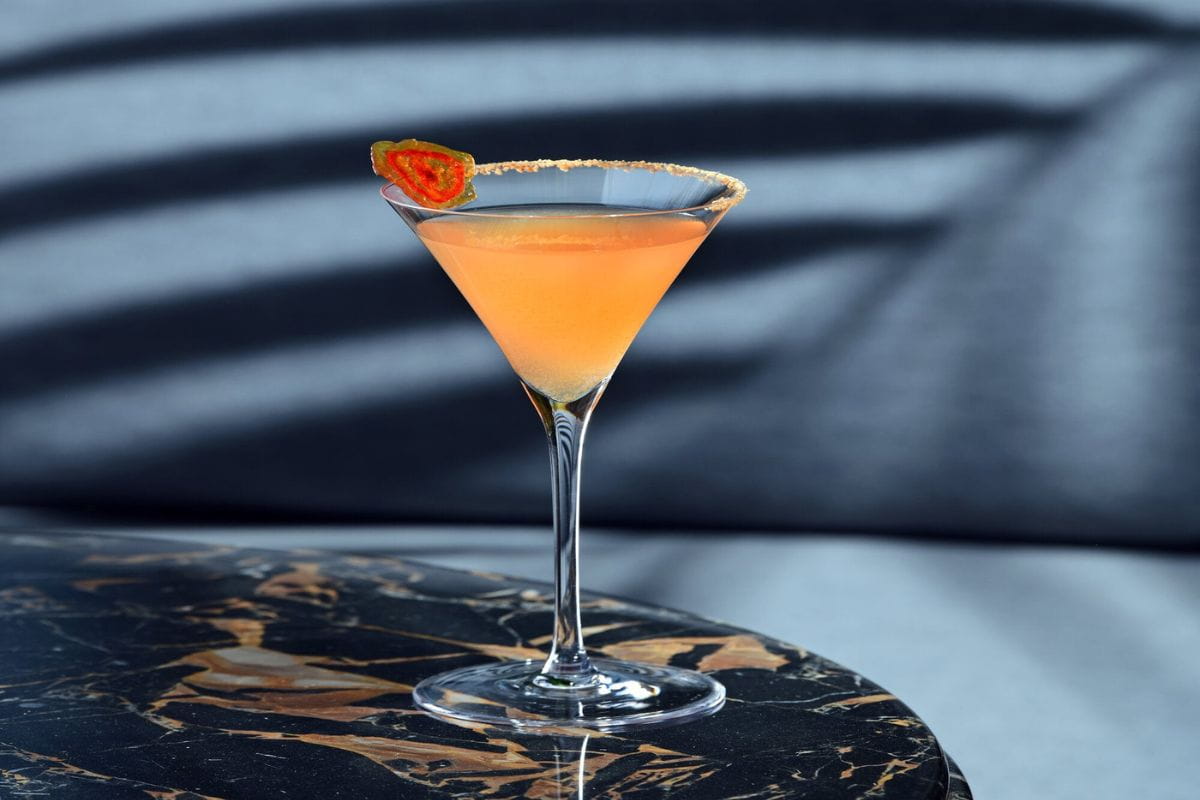
Harry Zhang, Bars Manager of UNION, The Opposite House

William Zhang, Head Bartender of JING, The Temple House
Many Chefs, particularly those in more premium restaurants, pick ingredients based on how close they are to perfection and how little flaws they have. But in reality, crops in their most natural state on the farm are typically a little ugly and crooked – which ends up being rejected. Bananas are one of the most typically discarded ingredients – not selected when they’re too green, and thrown away when they’re too brown/spotty. For our Go Bananas cocktail, we turned banana skin into chilli powder, then juiced and strained the rest of the banana to pair with gin, and turned the remaining skin into a bar snack to accompany the drink.
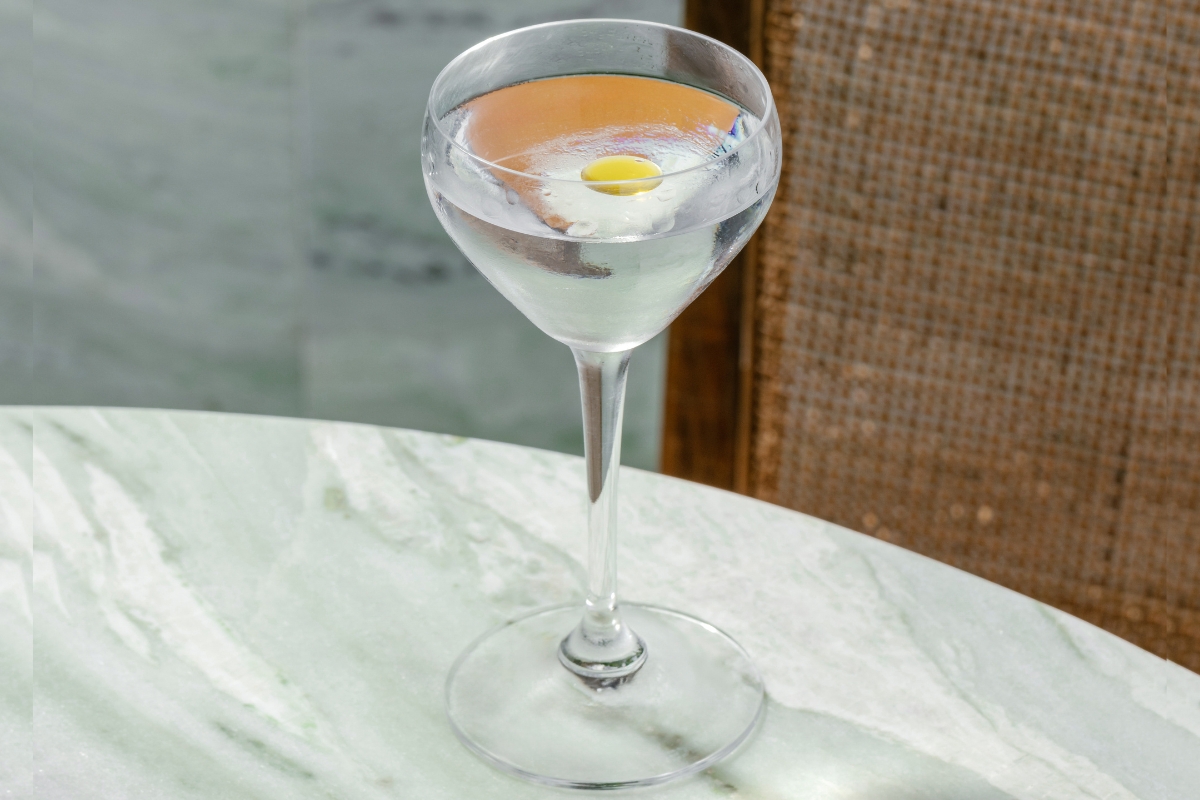
Gail Lanorias, Operations Manager of Salisterra, The Upper House
Our Green Silk Martini is based on a Vesper but with pandan, a tropical plant that adds a sweet, nutty and vanilla-like flavour to the drink. It’s unique in that it doesn't use ice, but instead is frozen to create a silky smooth texture. This not only reduces waste but also eliminates the need to dilute the drink, resulting in a more potent and flavourful cocktail. The Green Silk Martini is a great example of how zero-waste cocktails can introduce new techniques to mixology. Freezing the cocktail instead of using ice creates a unique texture that sets it apart from traditional martinis.
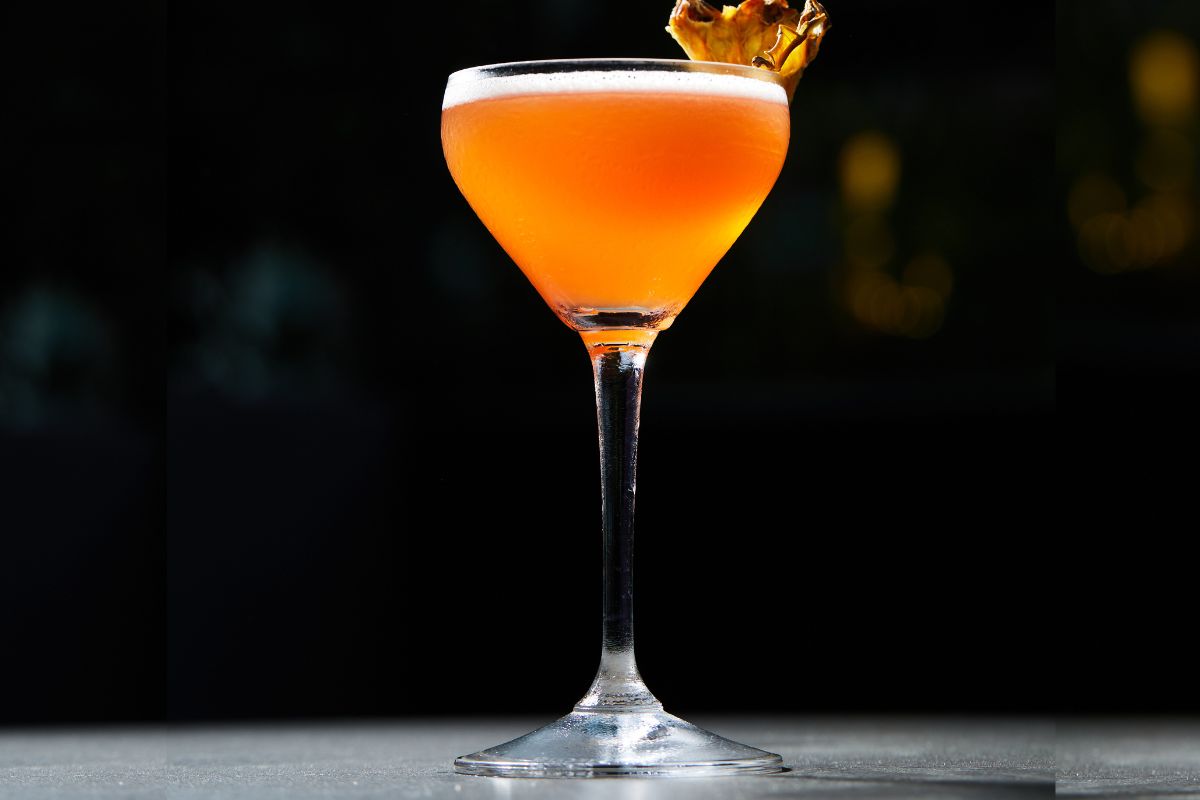
Matthew Hall, Head of Bars of Café Gray Deluxe, The Middle House
After a recent trip to Singapore our team came back with many inspirations. The city-state’s tropical botanical and spice garden, Fort Canning, was inspirational, with fresh ingredients grown which we don’t see in Shanghai. Inspired by the hanging Birds of Paradise flowers that flourish through the gardens, the Fort Canning is a take on the classic Jungle Bird cocktail. It utilises all parts of the pineapple from husk to leaf to create an intense tropical tinctured rum that balances with the bitterness of the Campari, citrus from lime and sweetness of Indian jaggery syrup.
BEHIND OUR MOONCAKES
Behind every door lies a story. In our mooncake box sets, our Houses’ iconic entryways reveal when art meets sustainability. Hong Kong-based design firm EDITECTURE chats about developing the design concept.

Tell us more about EDITECTURE’s concept behind this year’s mooncake box set – you upcycled 2500 plastic bottles for it!
Our main driver was incorporating sustainability in the project. Greener approaches are so important in the world right now, and we’ve found a great partner in The House Collective. Infusing this with art, we used each Houses’ door to symbolically convey that “the door is always open for you to be a part of a more sustainable future.”

Are there any challenges you met along the way?

Every year mooncake boxes ending up in landfills is a huge issue. It’s estimated that each Mid-Autumn Festival, one million mooncake boxes are thrown away in Hong Kong. How did you approach this problem?
It’s a very important consideration. We thought about it a lot with The House Collective as we were designing the box. In hopes of addressing this, we developed a recycling programme for guests to return boxes after they’ve eaten the mooncakes. Then we can take these boxes and upcycle them into other products. The box is also designed in a way to mimic the art pieces in our Houses, so we also hope guests are using it as décor, to have a piece of art in their homes.

Did taking a sustainable approach change what you could do aesthetically?
There were definitely limitations – production and execution impact everything. But we wanted to showcase that it is really possible. You can turn “waste into wonder”.

Beyond a message of sustainability, what themes are captured in this year’s mooncake boxes?
We were inspired by how The House Collective are “Houses not Hotels”. Every House evokes a different feeling, but it always feels like you’re coming home. We tried to create this same sense by featuring different artists and the Houses’ doors.

Is there more symbolism to the doors?
When you open a door, you’re always met with a surprise. It piques your imagination and your curiosity. We wanted anyone who receives the mooncake box to feel this same sense of wonder.
BEHIND OUR BARS

How is making a conventional versus a zero-waste cocktail different?
Matthew Hall, Head of Bars of Café Gray Deluxe, The Middle House
We’ve always considered minimising waste when designing a cocktail menu. For example, throughout a menu we might use the same ingredients in different ways to reduce waste and cost. But zero waste means it becomes more of a focal point. Every part of an ingredient can be reused or repurposed to enhance flavours or give depth to a drink. I’d say that the most challenging aspect would be balancing how much of each part of an ingredient is used to get as close to absolute zero waste as possible.

Do you need to use new techniques?
Gail Lanorias, Operations Manager of Salisterra, The Upper House
New techniques end up being important to make sure we can use all of an ingredient – especially ones that aren’t typically used in cocktails – like using sous vide to infuse flavour into fruit peels.

What do you think are the challenges to making more sustainable cocktails?
William Zhang, Head Bartender of JING, The Temple House
Internationally, chefs have been working with an eco-friendly mindset for many years already. Lots of people also understand the need for zero-waste and are starting to become more conscious of sustainability themselves. As a mixologist, I hope I can inspire more people to be sustainable with zero-waste cocktails. One thing is for sure, though – you have to be creative and break free from convention.

How does making zero-waste drinks change, or even improve, creating cocktails for you?
Harry Zhang, Bars Manger of UNION, The Opposite House
Here are some stories and concepts behind our signature recipes, as explained by our mixologists.

Harry Zhang, Bars Manager of UNION, The Opposite House

William Zhang, Head Bartender of JING, The Temple House
Many Chefs, particularly those in more premium restaurants, pick ingredients based on how close they are to perfection and how little flaws they have. But in reality, crops in their most natural state on the farm are typically a little ugly and crooked – which ends up being rejected. Bananas are one of the most typically discarded ingredients – not selected when they’re too green, and thrown away when they’re too brown/spotty. For our Go Bananas cocktail, we turned banana skin into chilli powder, then juiced and strained the rest of the banana to pair with gin, and turned the remaining skin into a bar snack to accompany the drink.

Gail Lanorias, Operations Manager of Salisterra, The Upper House
Our Green Silk Martini is based on a Vesper but with pandan, a tropical plant that adds a sweet, nutty and vanilla-like flavour to the drink. It’s unique in that it doesn't use ice, but instead is frozen to create a silky smooth texture. This not only reduces waste but also eliminates the need to dilute the drink, resulting in a more potent and flavourful cocktail. The Green Silk Martini is a great example of how zero-waste cocktails can introduce new techniques to mixology. Freezing the cocktail instead of using ice creates a unique texture that sets it apart from traditional martinis.

Matthew Hall, Head of Bars of Café Gray Deluxe, The Middle House
After a recent trip to Singapore our team came back with many inspirations. The city-state’s tropical botanical and spice garden, Fort Canning, was inspirational, with fresh ingredients grown which we don’t see in Shanghai. Inspired by the hanging Birds of Paradise flowers that flourish through the gardens, the Fort Canning is a take on the classic Jungle Bird cocktail. It utilises all parts of the pineapple from husk to leaf to create an intense tropical tinctured rum that balances with the bitterness of the Campari, citrus from lime and sweetness of Indian jaggery syrup.
By continuing to browse www.thehousecollective.com, you will be agreeing to the Privacy Statement, and the Use of Cookies Policy while using the website.
Okay




